Breathtaking Animal Images Shine in Wildlife Photographer of the Year

These spellbinding photographs have all been Highly Commended in the sixtieth Wildlife Photographer of the Year competition held by London’s Natural History Museum.
The landmark edition of the contest attracted a record-breaking 59,228 entries from photographers of all ages and experience levels from 117 different countries and territories.
The finalists include an image taken on an iPhone XR — marking the first time a smartphone photographer has made it to the Highly Commended level. The striking photo, taken by Randy Robbins, shows a frozen deer in California.
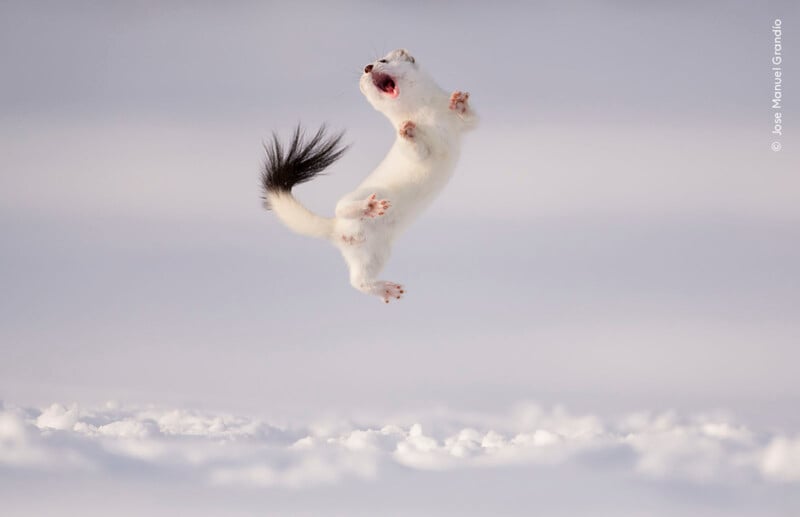
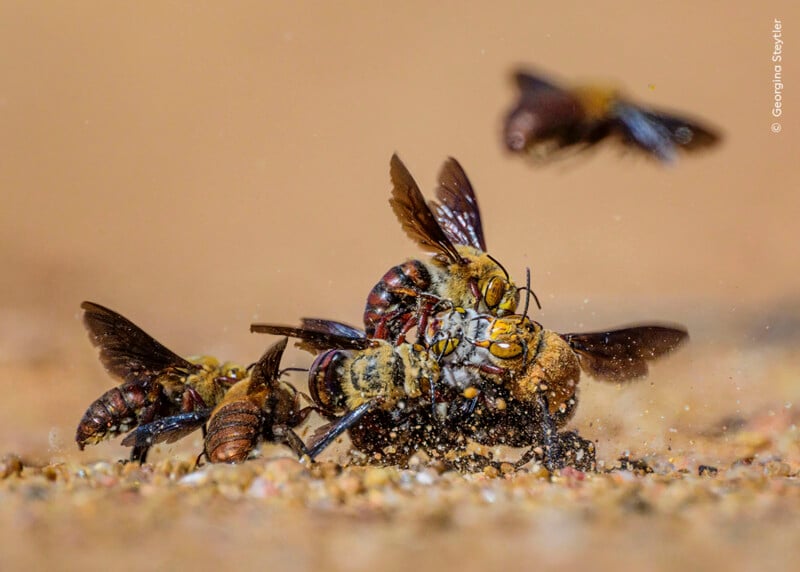
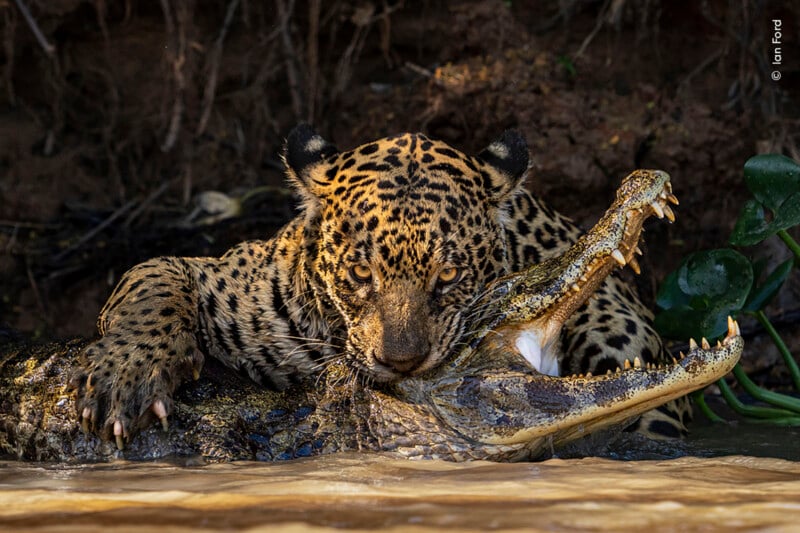
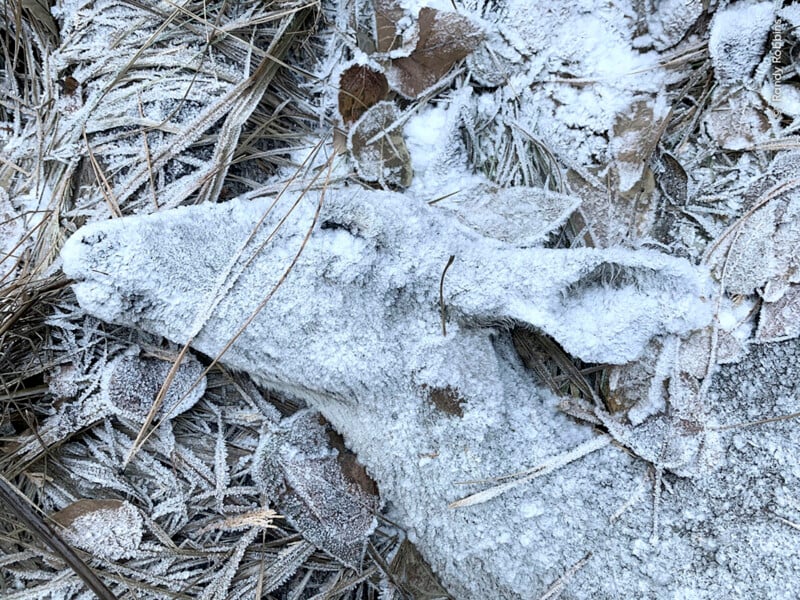


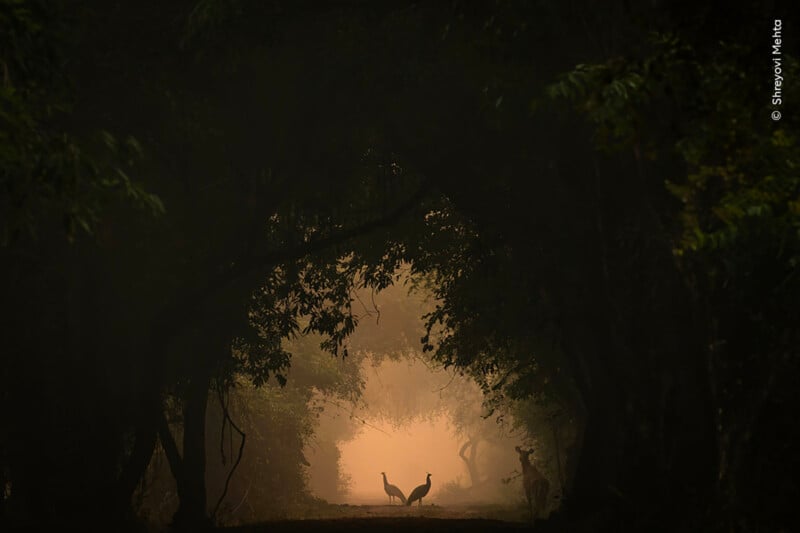
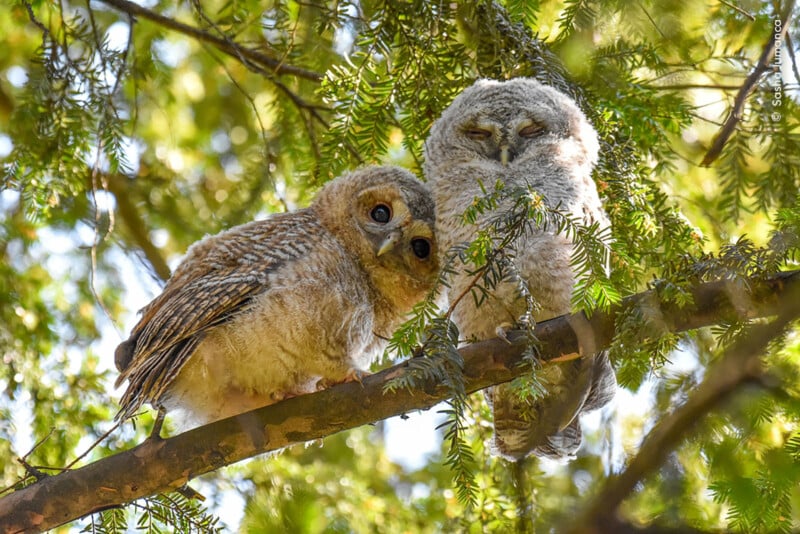
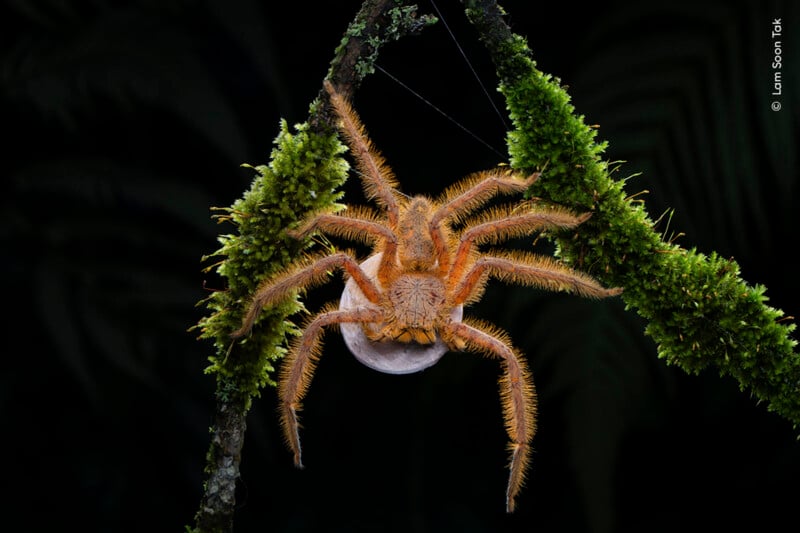

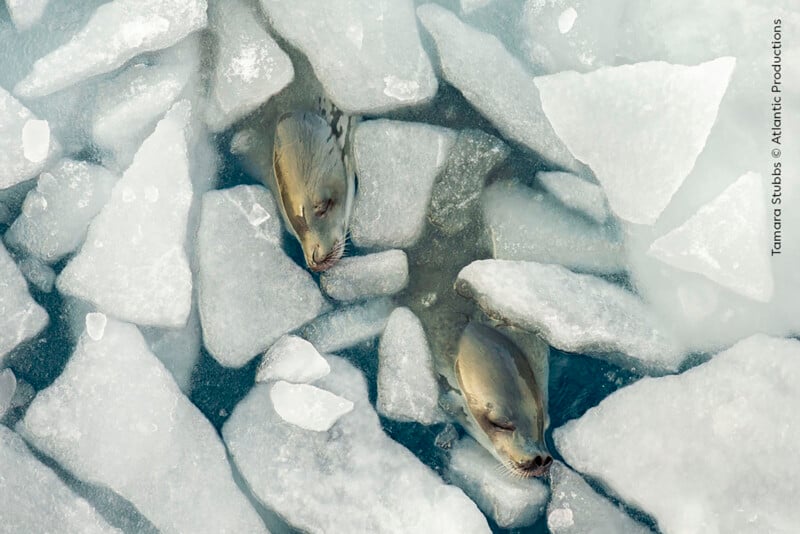
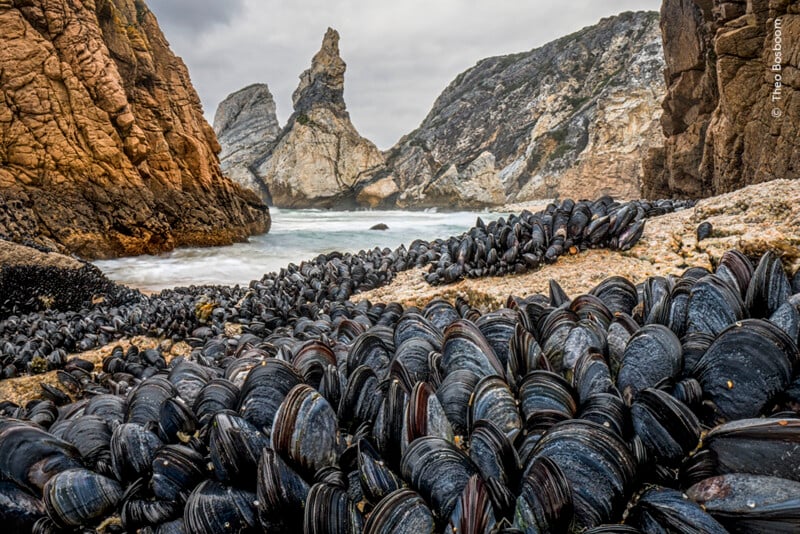
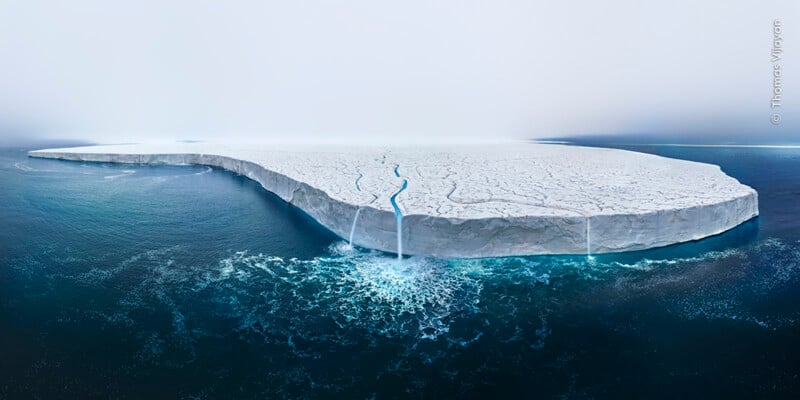
The winners of the Wildlife Photographer of the Year competition will be announced on October 8 at a ceremony. Then, from October 11, 100 photographs from the contest will be displayed at the Natural History Museum in London. An exhibition marking the key moments from the competition’s 60-year history will run concurrently.